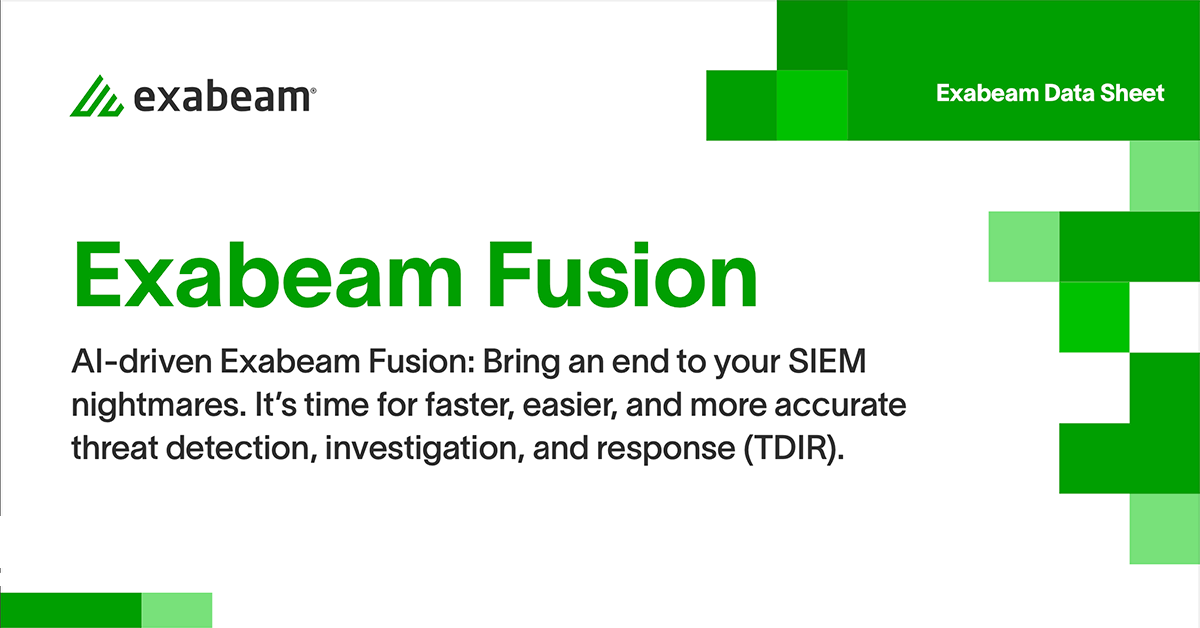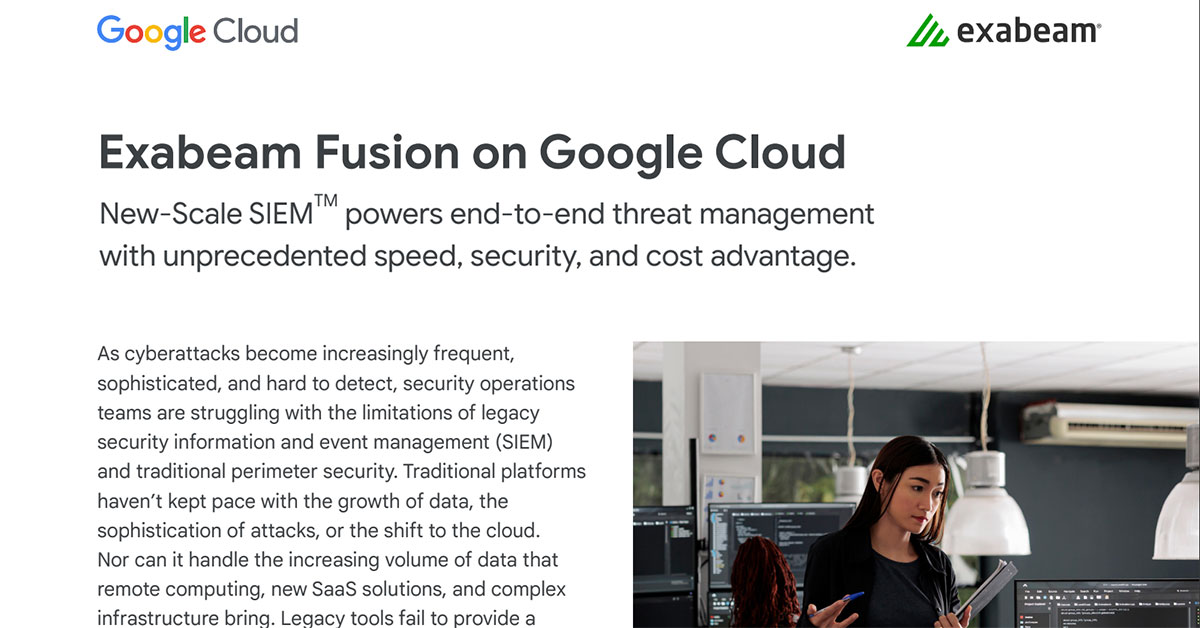Throughout our series on cloud-native security information and event management (SIEM) solutions, so far we’ve examined the features and benefits of cloud-native SIEM, the differences between legacy and cloud-native SIEM, and the various hosting models available. In this post, we’ll explore real-world use cases that can help organizations stay ahead of cyberthreats.
In this article:
- Insider threat detection
- Privileged access abuse
- Trusted entity compromise
- Threat hunting
- Data exfiltration detection
- IoT security
- Conclusion
Insider threat detection
Cloud-native SIEM solutions can help discover indicators of insider threats via behavioral analysis. They can detect compromised credentials, anomalous privilege escalation, command and control communication, data exfiltration, rapid encryption, and lateral movement. Cloud-native SIEM solutions incorporate user and entity behavior analytics (UEBA) capabilities with machine learning (ML) technology to quickly and accurately identify unusual patterns of activity that may indicate an insider threat.
Privileged access abuse
SIEM solutions can help identify and stop privileged access abuse by monitoring unwanted activity, third-party violations, departed employee activity, human errors, and overexposure of sensitive data. By correlating events across multiple data sources and applying advanced analytics, cloud-native SIEM can pinpoint potential misuse of privileged access and enable security teams to take swift action to mitigate risks.
Trusted entity compromise
To detect and stop trusted entity compromise, cloud-based SIEM can monitor user accounts, servers, network devices, and antivirus monitoring for signs of compromise or malicious behavior. By aggregating and analyzing data from various sources, cloud-native SIEM solutions can provide a holistic view of an organization’s security posture, enabling teams to identify vulnerabilities and prioritize their response efforts.
Threat hunting
Cloud-native SIEM solutions can assist in threat hunting by detecting environmental anomalies, organizing data around new vulnerabilities, comparing data to known attack patterns, integrating threat intelligence, testing hypotheses based on known risks, and searching for similar incidents in the past. With advanced analytics and data visualization capabilities, cloud-native SIEM enables security analysts to proactively search for threats and accelerate incident response times.
Data exfiltration detection
SIEM solutions can prevent data exfiltration through many methods. These include, but are not limited to, detecting backdoors, rootkits, and botnets, monitoring FTP and cloud storage traffic, examining windows events like secure message block and unexpected remote desktop protocol usage, overseeing web application usage, detecting email forwarding, identifying lateral movement, and ensuring mobile data security. By examining unusual behavior, observing unusual service starting and stopping, correlating events and applying advanced analytics, cloud-native SIEM solutions can quickly identify potential data exfiltration attempts and help organizations protect their sensitive information.
IoT security
Cloud-native SIEM solutions can help mitigate IoT threats by identifying denial-of-service attacks, managing IoT vulnerabilities, monitoring access control, overseeing data flow, identifying devices at risk, and spotting compromised devices. By integrating IoT security data into a centralized platform, cloud-native SIEM provides organizations with comprehensive visibility and control over their IoT environments, helping to safeguard against emerging threats.
Conclusion
Cloud-native SIEM solutions provide organizations with advanced capabilities to tackle a wide range of security challenges. Employing a cloud-native SIEM for these use cases helps organizations enhance their security posture and better protect their data, infrastructure, and users. As cybersecurity threats continue to evolve, adopting cloud-native SIEM can empower organizations to stay ahead of adversaries and effectively respond to a constantly evolving threat plane.
In our next post, we’ll conclude our series with a step-by-step guide to help you migrate from an on-premises SIEM to a cloud-native SIEM. Subscribe to the Exabeam blog for updates!
To learn more, read The Ultimate Guide to Cloud-native SIEM
Transition SIEM to the cloud
Today’s security teams face increasing challenges in managing and responding to threats effectively. Cloud-native SIEM presents a powerful solution to simplify and streamline your security operations. Download our comprehensive eBook to uncover how this technology can transform your organization’s security posture.
You’ll gain insights into:
- The evolution of SIEM and the emergence of cloud-native SIEM
- The advantages and potential drawbacks of cloud-native SIEM versus traditional SIEM
- Various hosting models for cloud-native SIEM solutions
- Real-world use cases for cloud-native SIEM deployments
- A step-by-step guide for migrating from an on-premises to cloud-native SIEM
Transitioning to cloud-native SIEM can be a game changer for your security operations. Don’t miss this opportunity to stay ahead of emerging threats and defend your organization’s critical data with greater efficiency and ease.

Similar Posts
Recent Posts
Stay Informed
Subscribe today and we'll send our latest blog posts right to your inbox, so you can stay ahead of the cybercriminals and defend your organization.
See a world-class SIEM solution in action
Most reported breaches involved lost or stolen credentials. How can you keep pace?
Exabeam delivers SOC teams industry-leading analytics, patented anomaly detection, and Smart Timelines to help teams pinpoint the actions that lead to exploits.
Whether you need a SIEM replacement, a legacy SIEM modernization with XDR, Exabeam offers advanced, modular, and cloud-delivered TDIR.
Get a demo today!













